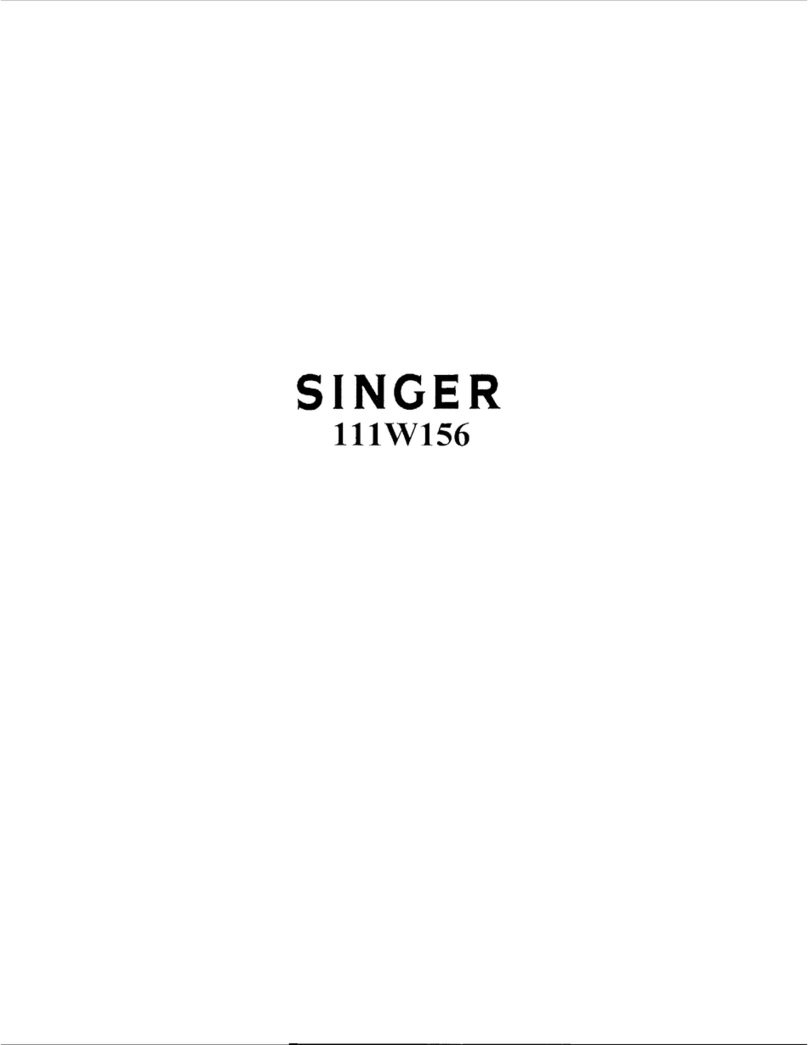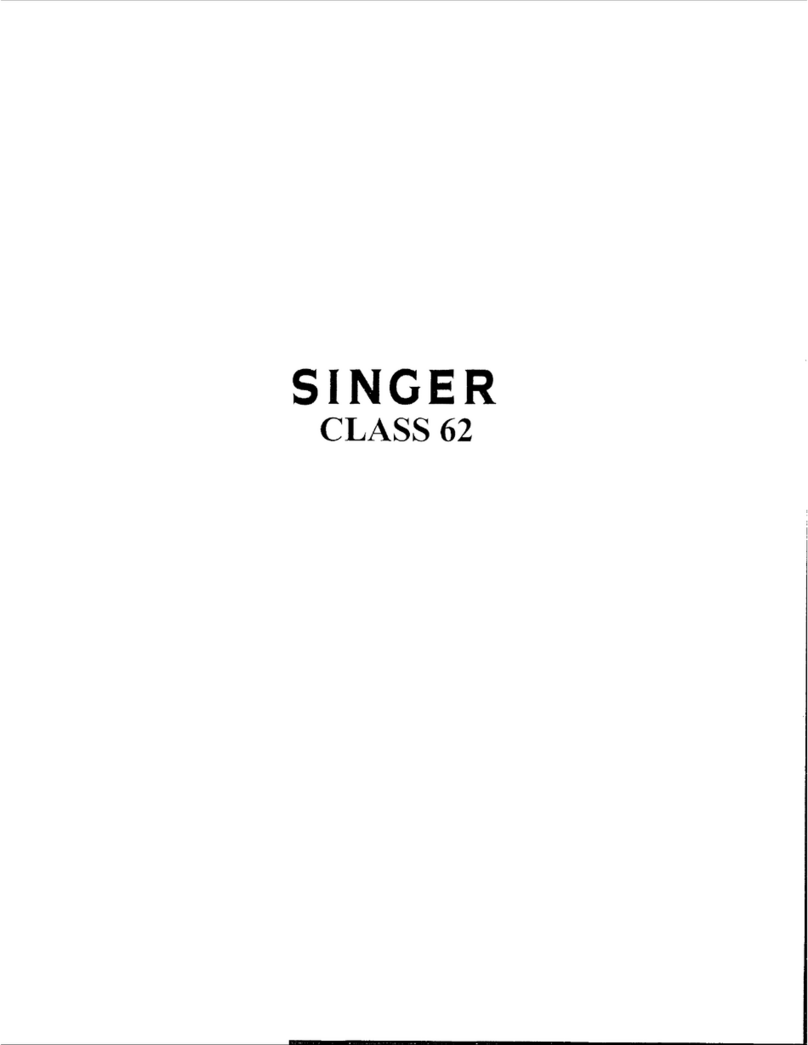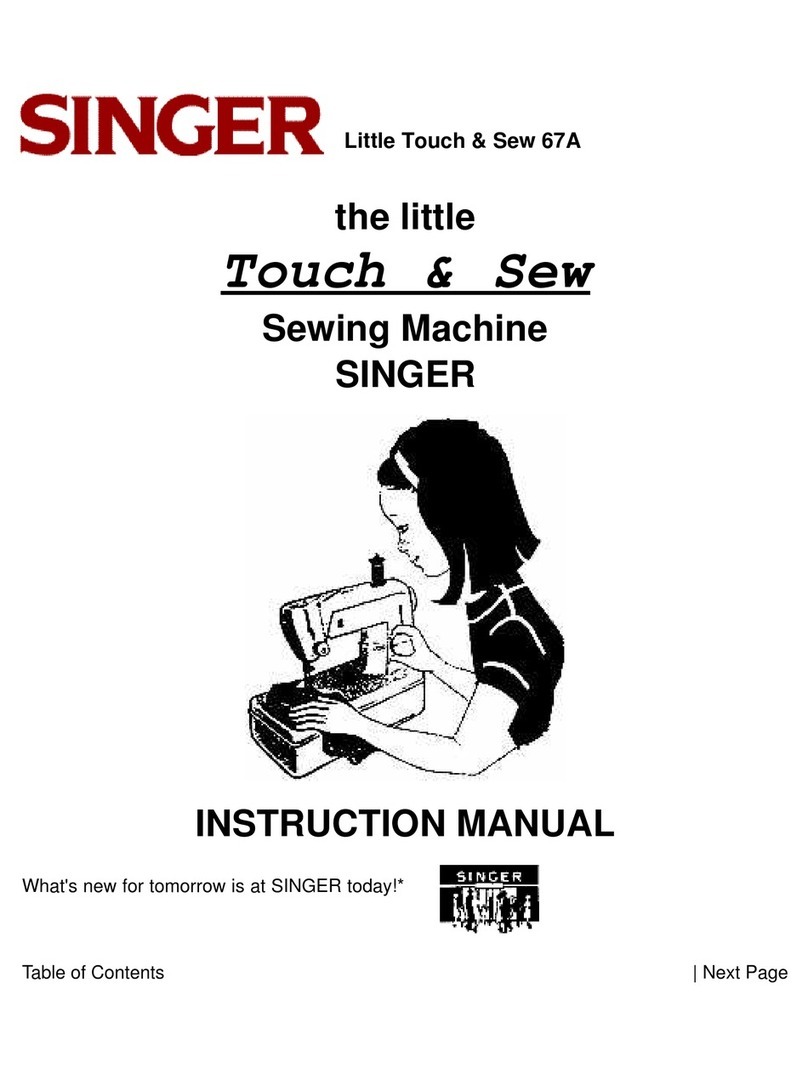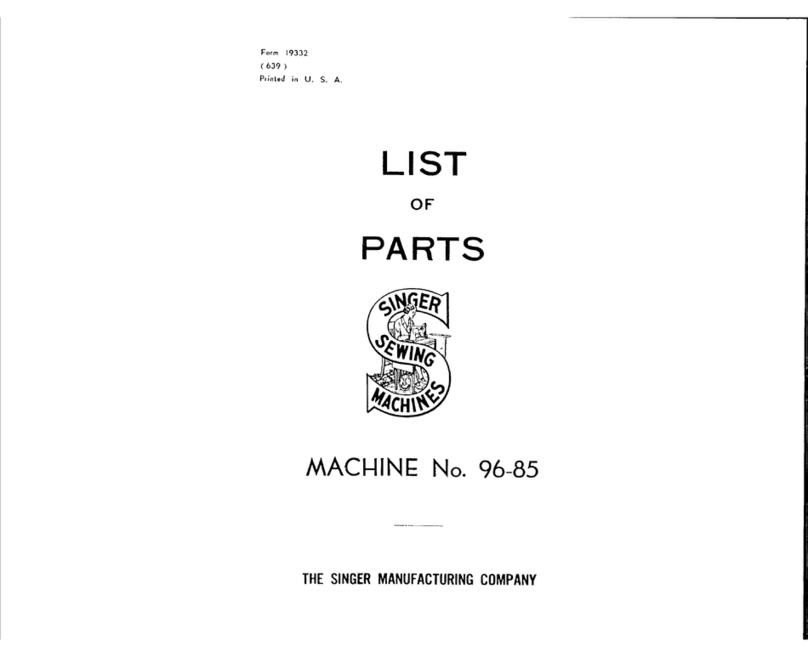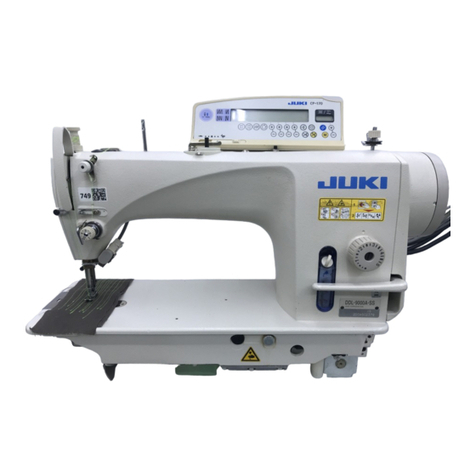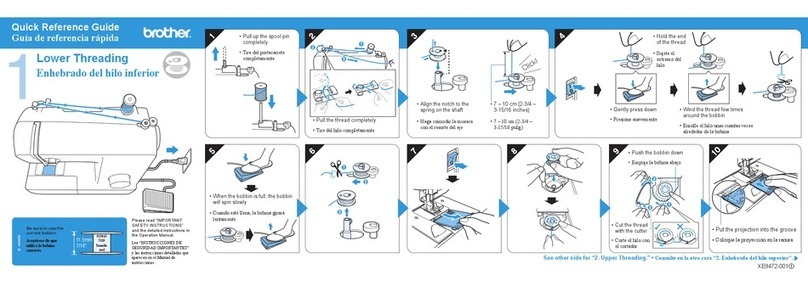Singer De Lux ZIG ZAG User manual
Other Singer Sewing Machine manuals

Singer
Singer 236W Troubleshooting guide

Singer
Singer 9985 User manual

Singer
Singer Superb 2010 User manual
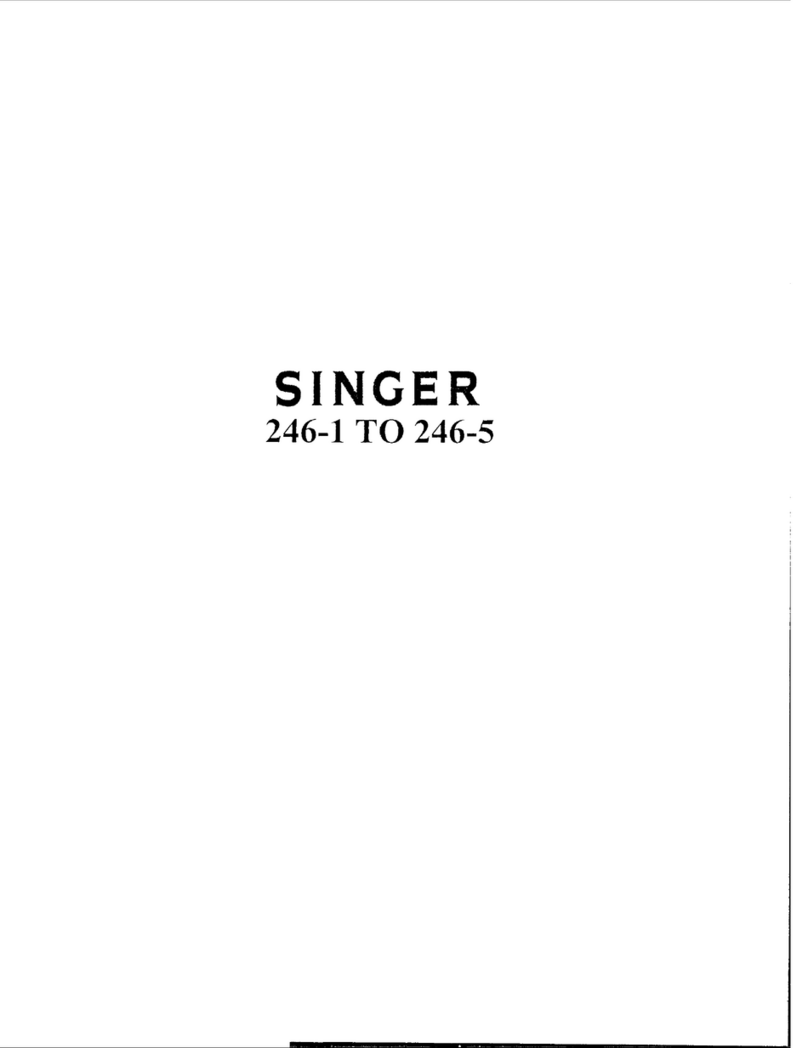
Singer
Singer 24-61 User manual
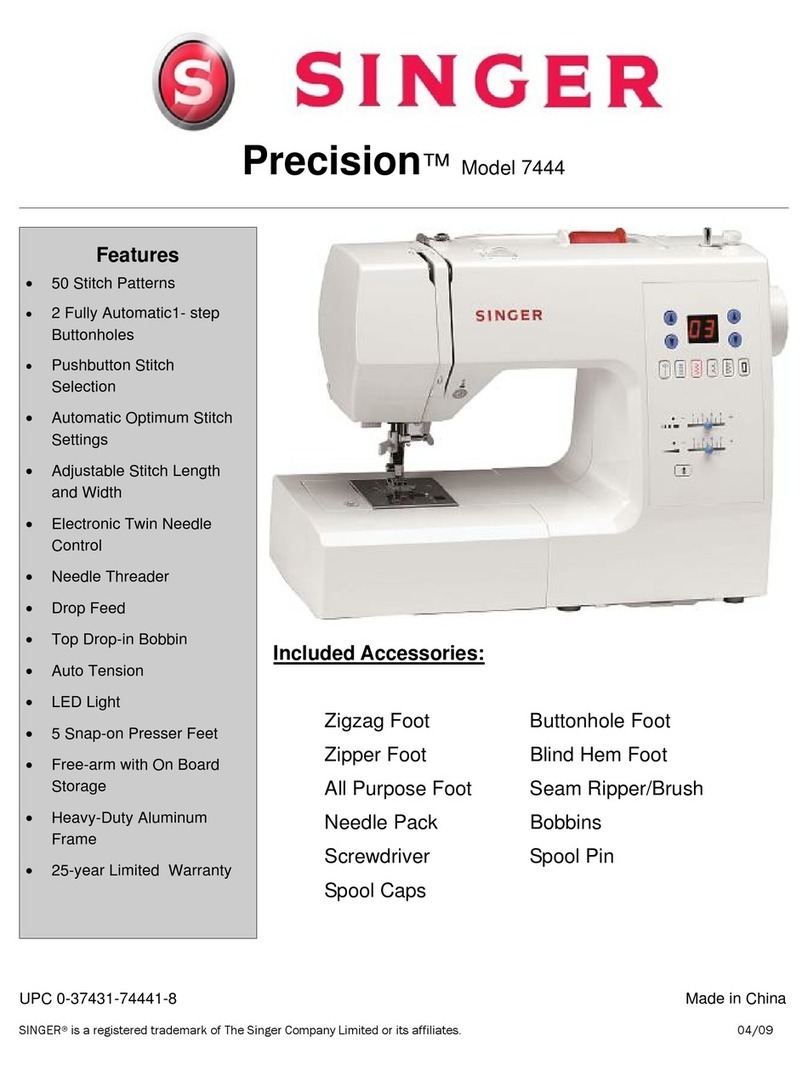
Singer
Singer Precision 7444 User manual

Singer
Singer 69 Series Installation and operation manual
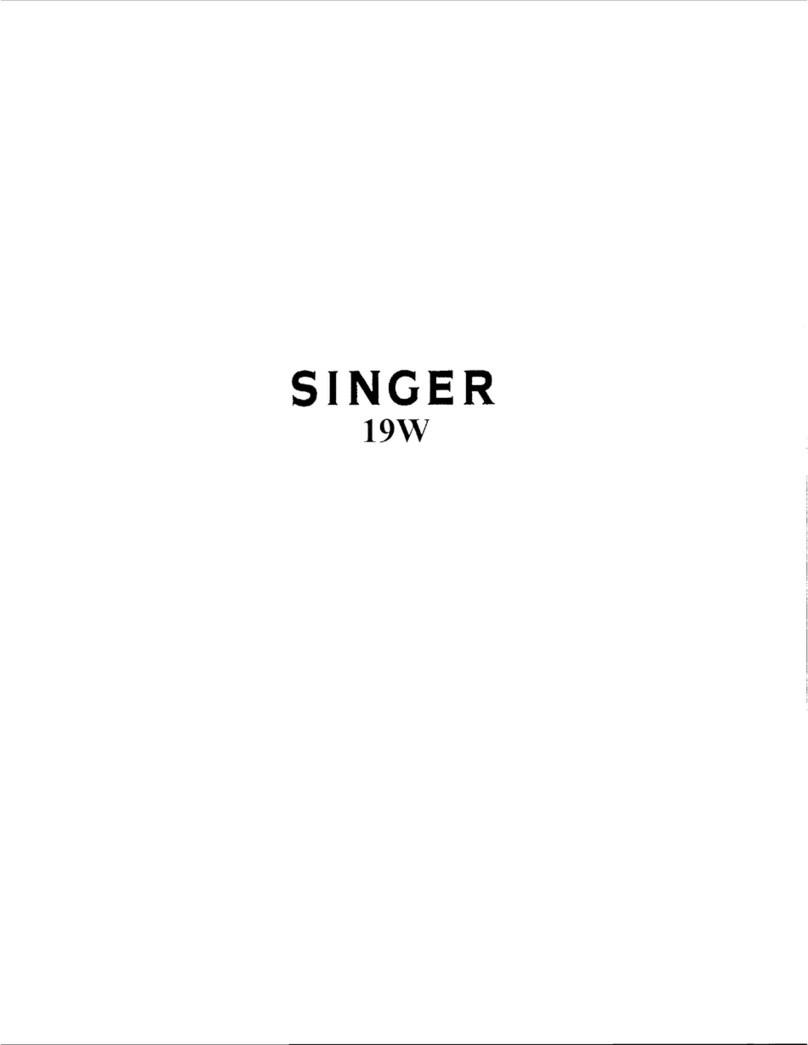
Singer
Singer 19W User manual
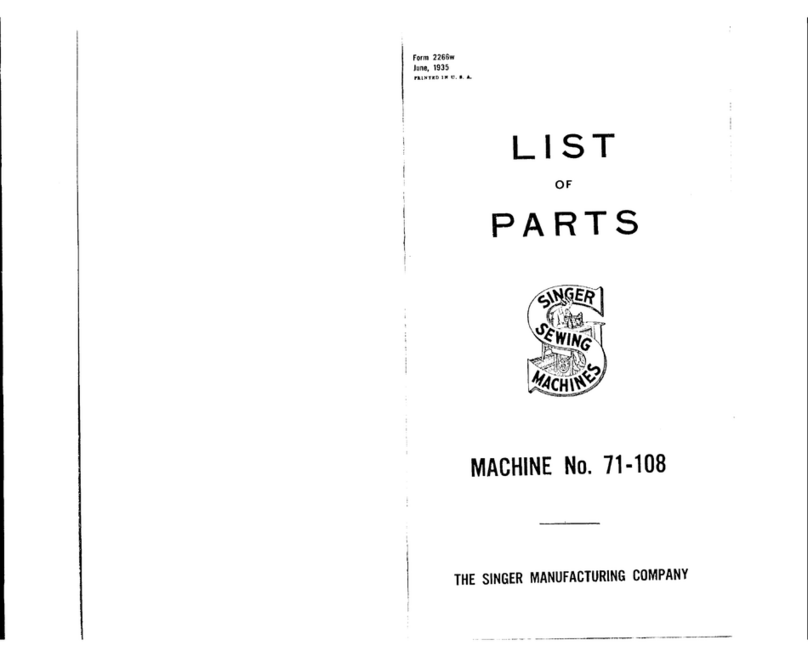
Singer
Singer 71-108 User manual
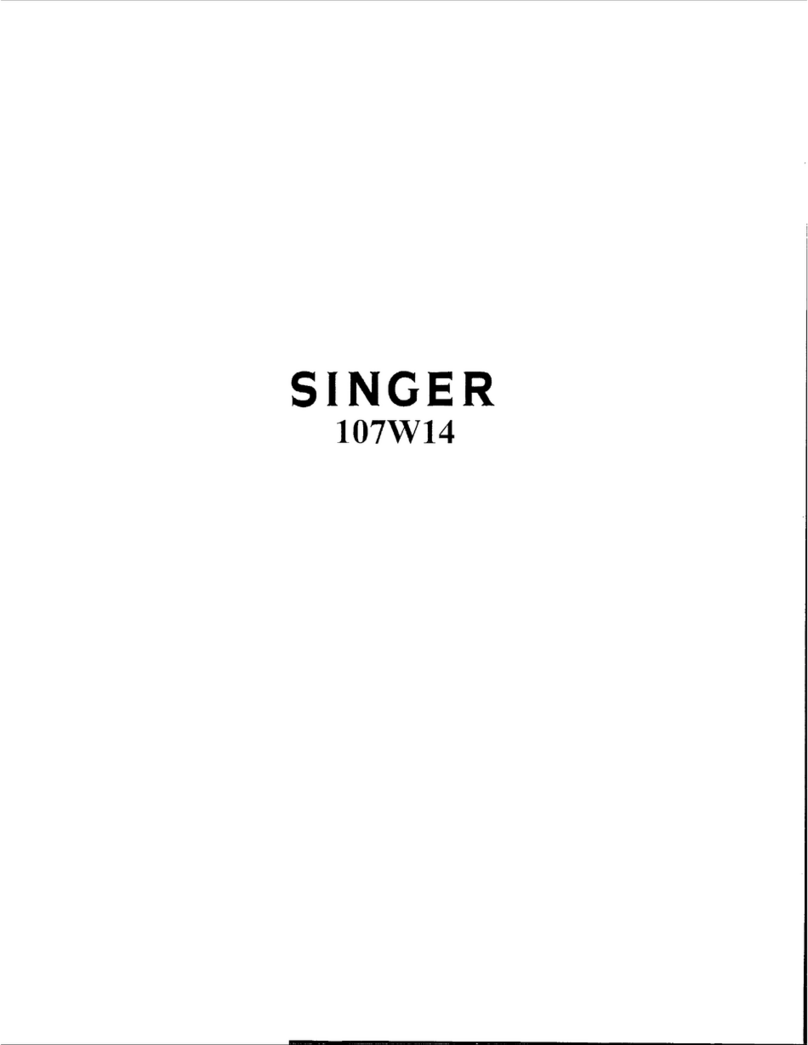
Singer
Singer 107W14 Quick start guide

Singer
Singer Futura Quartet User manual
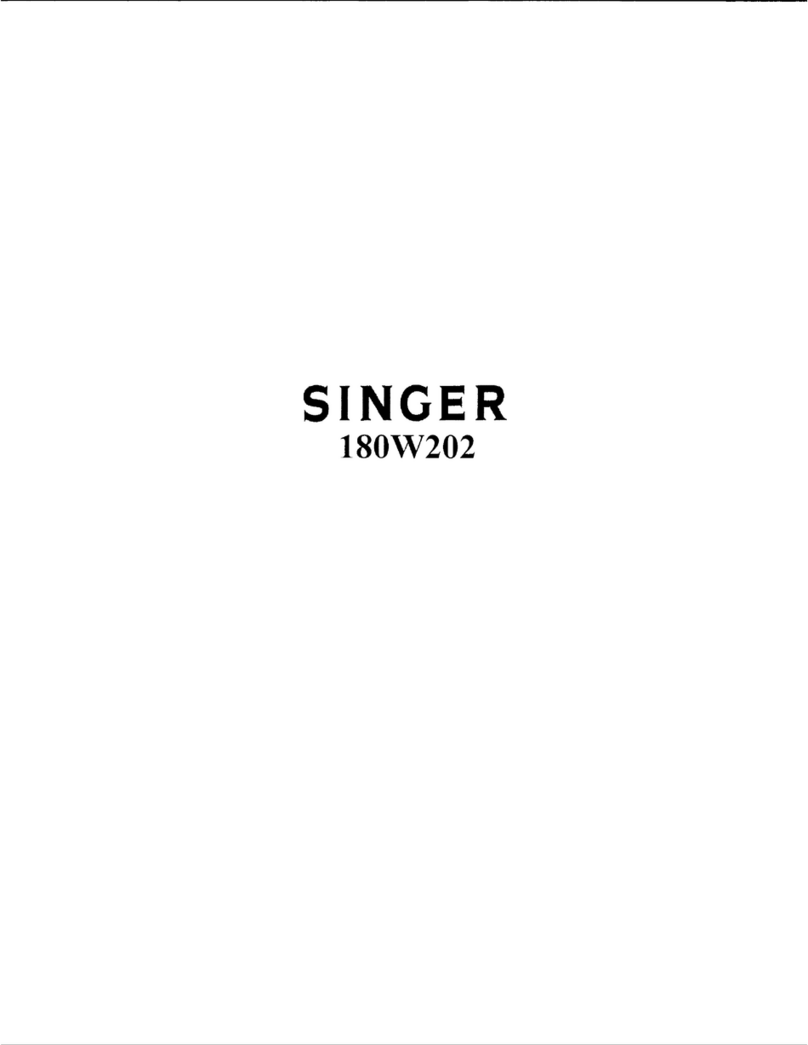
Singer
Singer 180W202 User manual
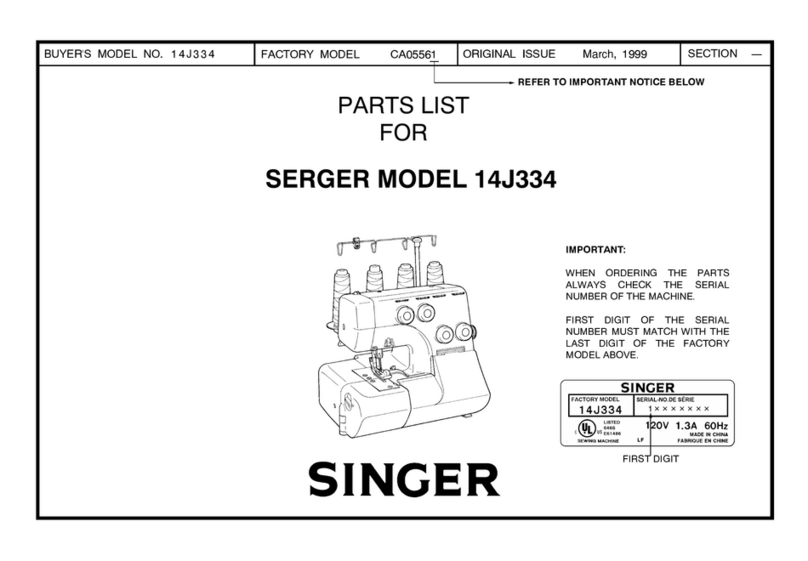
Singer
Singer Serger 14J334 User manual
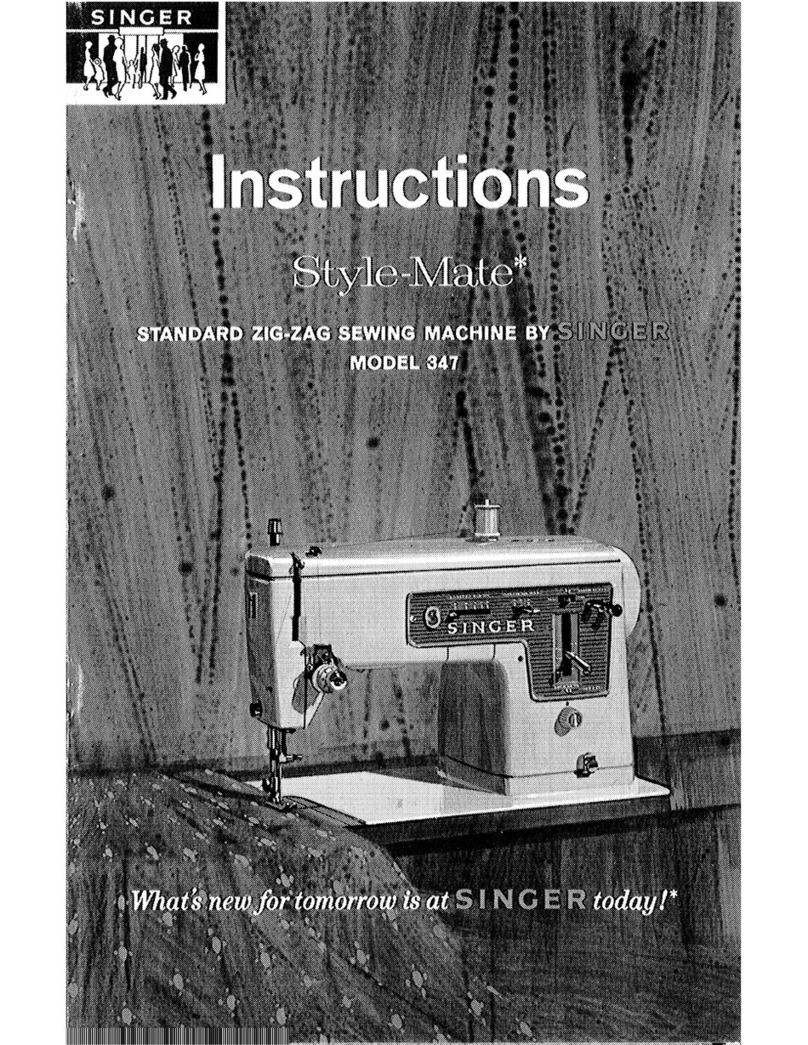
Singer
Singer Style-Mate 347 User manual
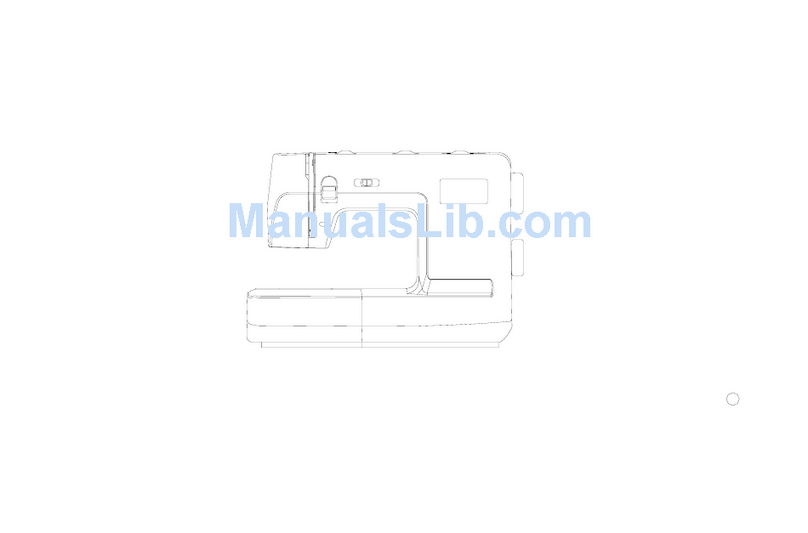
Singer
Singer QUANTUM QUILTER 7380 User manual
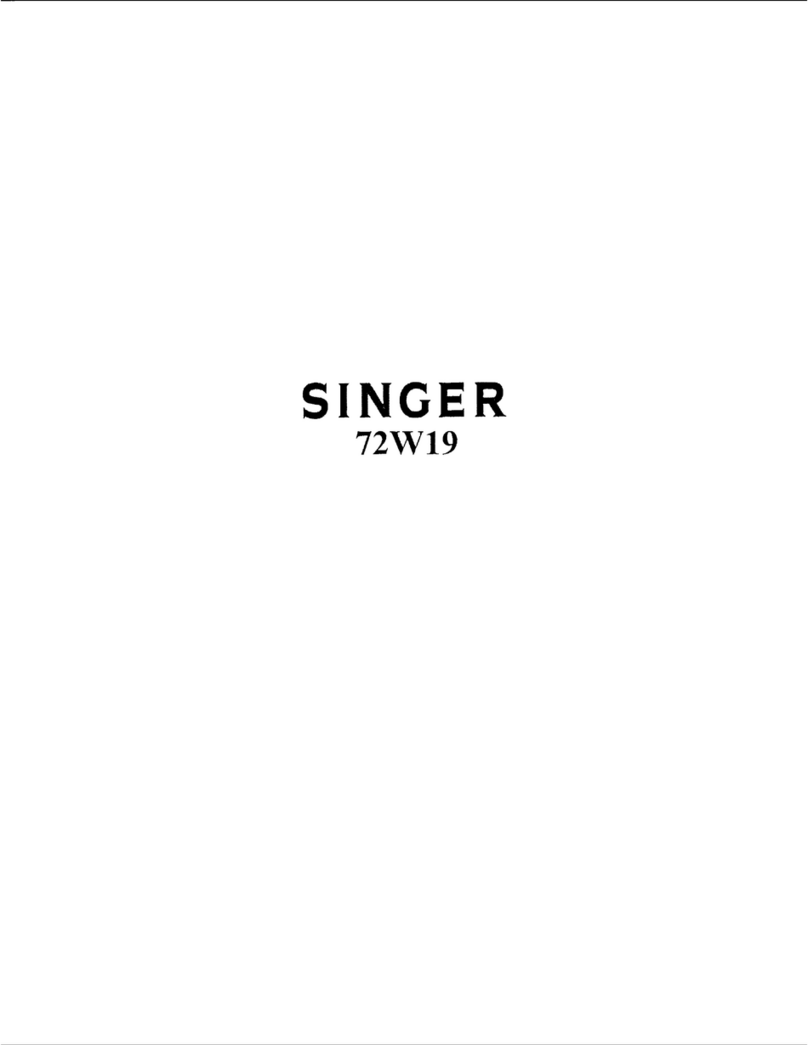
Singer
Singer 72W19 User manual
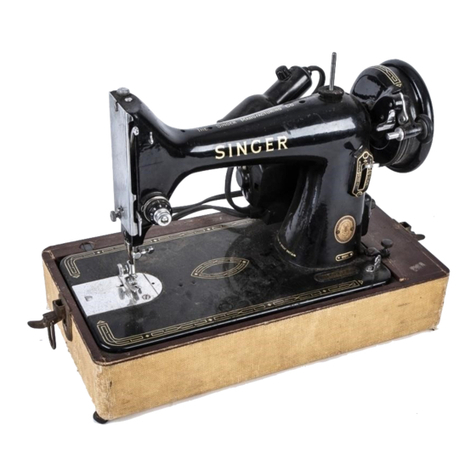
Singer
Singer 99K Series Installation and operation manual
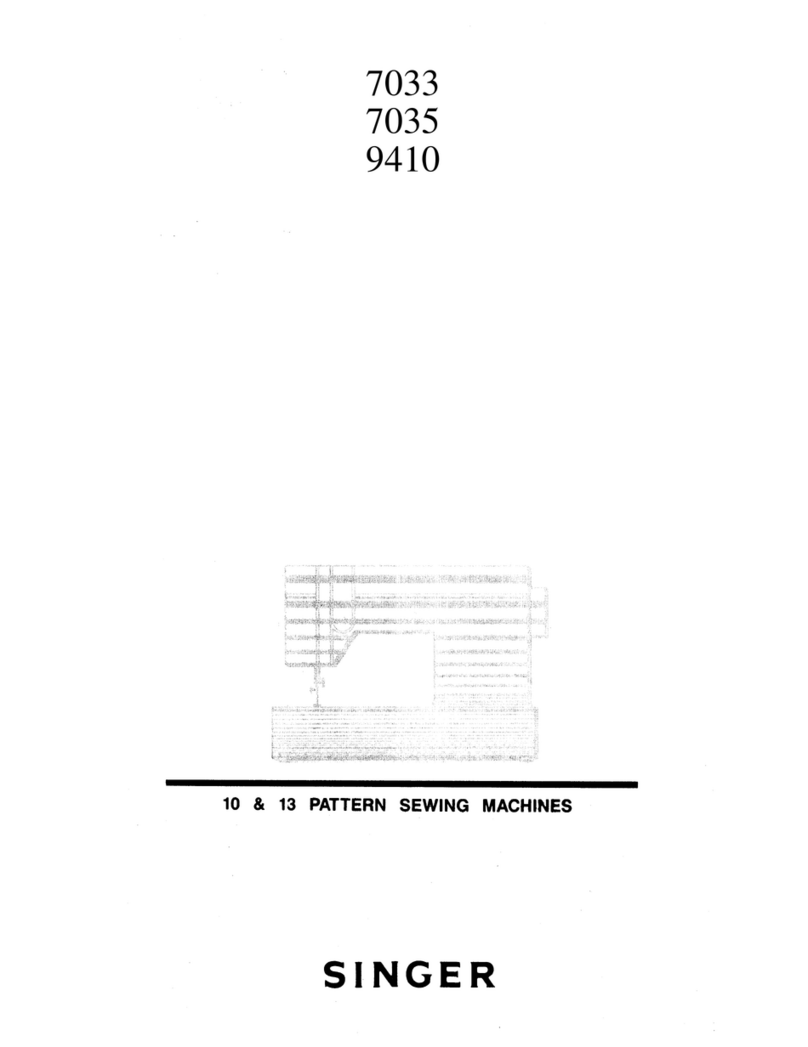
Singer
Singer 7033 User manual

Singer
Singer 5910N103 User manual

Singer
Singer 753U 200 User manual
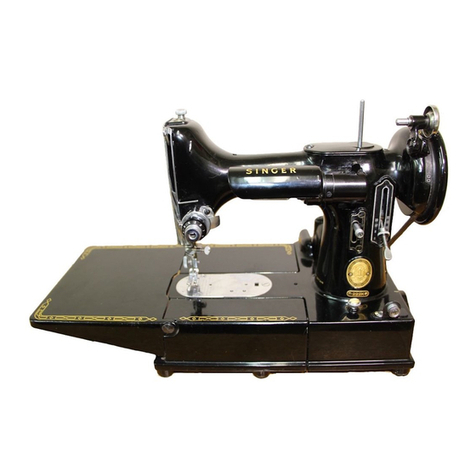
Singer
Singer 221-1 User manual
